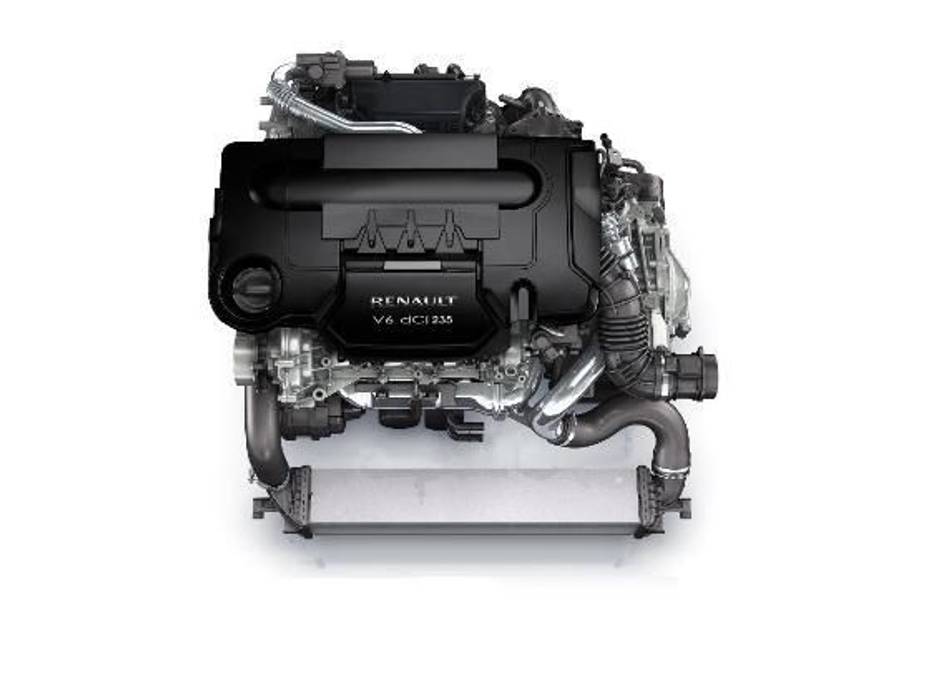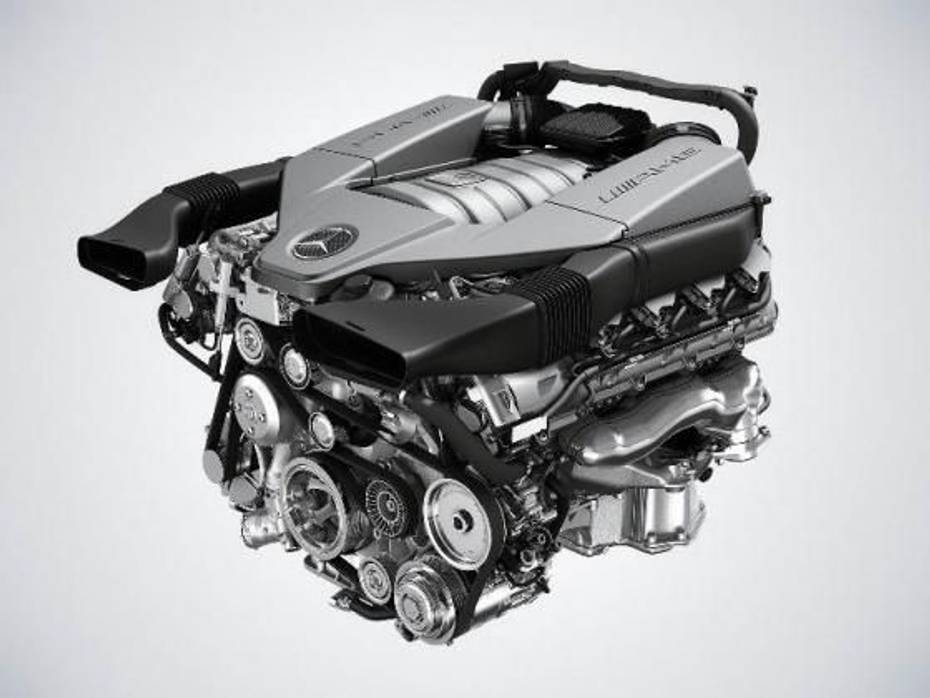
2024 Toyota Camry Launched In India At Rs 48 Lakh; Now...
- Dec 11, 2024
- Views : 16365

To make an engine more powerful and compact, a v-shaped engine was born. Earlier used in aircrafts, a V-engine has two cylinders connected to the same crank shaft in a V-shape. This layout runs in an even number configuration having two (V-Twin), four (V4), six (V6) cylinders and so on.

A V-engine has the advantages of an inline engine layout and some of its own as well. The engine has a better acceleration since, the exhaust stroke in one cylinder puts the second cylinder in the compression stroke, thereby reducing lag and giving a better output. In some cases, the acceleration figures have doubled.
In most of the rear engined cars, the engine was longitudinally mounted and in front engined vehicles, the mill is mounted in a transverse layout. However, some of the cars follow different patterns depending on the design dynamics and space in the hood.

The main issues that came with a V-engine were the vibration and weight balance of the engine. Counterweights to the crank were added to tackle both the problems, but, at high speed, these were not totally reliable. A number of other designs were also conceived, like the narrow V-engine or the VR-engine, the W engine where three cylinders were joined by a single crank. Nevertheless, the Vees took the brunt of its time and proved to be a milestone in the world of engine layouts. It is used in most of mid and large sized production cars across the world. (Read: Inline Engines)

2024 Toyota Camry Launched In India At Rs 48 Lakh; Now...

Kia Syros Unveiled Globally As The Most Premium Sub-4m SUV In India

Skoda Kylaq: Here’s What You Get With Each Of Its 4 Variants

Hyundai Exter: Welcome To The New World Of Thrills And Technology

New 2024 Honda Amaze Arrives In India At Rs 8 Lakh

Hyundai Creta Level-2 ADAS Explained, Perfect For Indian Road...

In Pictures: New Kia Syros Design And Interior Detailed

Hyundai Exter: An Year Long Ownership Experience That Left Us Wanting...

Kia Syros vs Sonet: A Detailed Comparison Of The Two Sub-4m SUVs
India's largest automotive community
 All We Know About The Upcoming Hyundai Creta EV, Slated To Launch At The 2025 Bharat Mobility Global Expo
All We Know About The Upcoming Hyundai Creta EV, Slated To Launch At The 2025 Bharat Mobility Global Expo
 Volkswagen Polo: 50 Years Of The German Icon That We Miss Even Today
Volkswagen Polo: 50 Years Of The German Icon That We Miss Even Today
 We Have Received Millions And Millions Of Views On These Instagram Reels: Live Crash Test, Memes, And Celebrity Talks
We Have Received Millions And Millions Of Views On These Instagram Reels: Live Crash Test, Memes, And Celebrity Talks
 Kia Syros vs Hyundai Exter: Two Distinctly Sized Korean SUVs Compared In Detail
Kia Syros vs Hyundai Exter: Two Distinctly Sized Korean SUVs Compared In Detail
 Toyota Camry
Rs. 48.00 Lakh
Toyota Camry
Rs. 48.00 Lakh
 Honda Amaze
Rs. 7.99 Lakh
Honda Amaze
Rs. 7.99 Lakh
 Audi Q7
Rs. 88.66 Lakh
Audi Q7
Rs. 88.66 Lakh
 Mahindra XEV 9e
Rs. 21.90 Lakh
Mahindra XEV 9e
Rs. 21.90 Lakh
 Mahindra BE 6
Rs. 18.90 Lakh
Mahindra BE 6
Rs. 18.90 Lakh